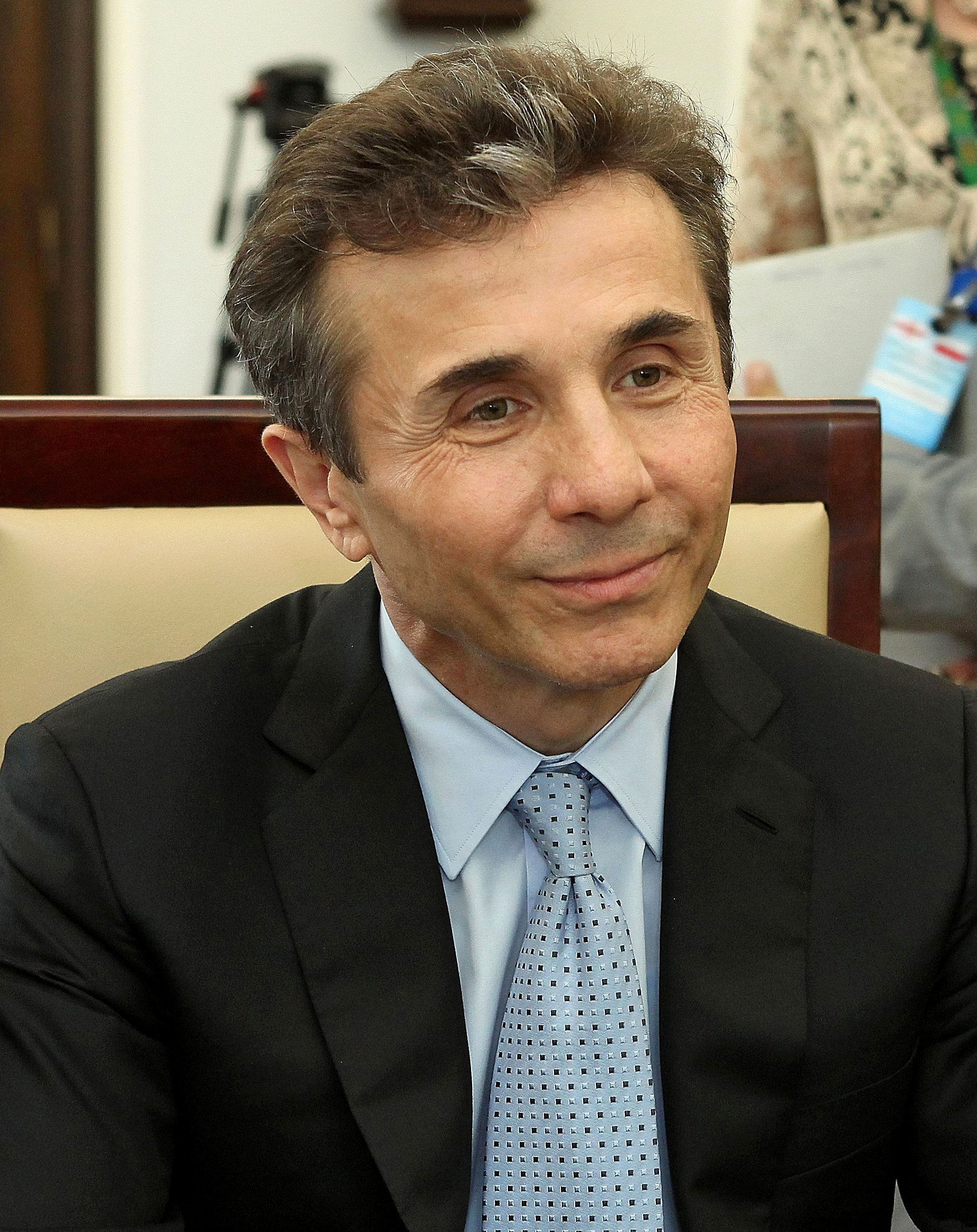Analysis
Politics
Projects
How Orbán’s Anti-Ukraine Crusade Fuels Hungary’s Election War Machine
10 October 2025
26 March 2020
The greatest challenge for Georgia’s media environment the pressure from the government and attempts at interference in the editorial policies of media outlets.
The Georgian media landscape can be described as robust, competitive and pluralistic, but highly polarised with television channels being aligned with one political party or another. In this article, the accent is on television channels because television is the main source of news and information for the majority (69 per cent) of the country’s population.
Media pluralism is ensured through diverse ownership. But since the Georgian advertising market is very small and the media is still not a sustainable business, in most cases the media owners are businessmen who do not perceive media as a business but a tool for maintaining either their own business or supporting their political stance.

Despite some political polarisation, for years Georgian broadcast media outlets have been presenting a range of views and creating a plurality of political opinions and positions. However, better journalistic quality is desired to produce more fact-based and issue-based reporting, based upon analysis and ethical standards, more oriented on public interest and less politically biased.